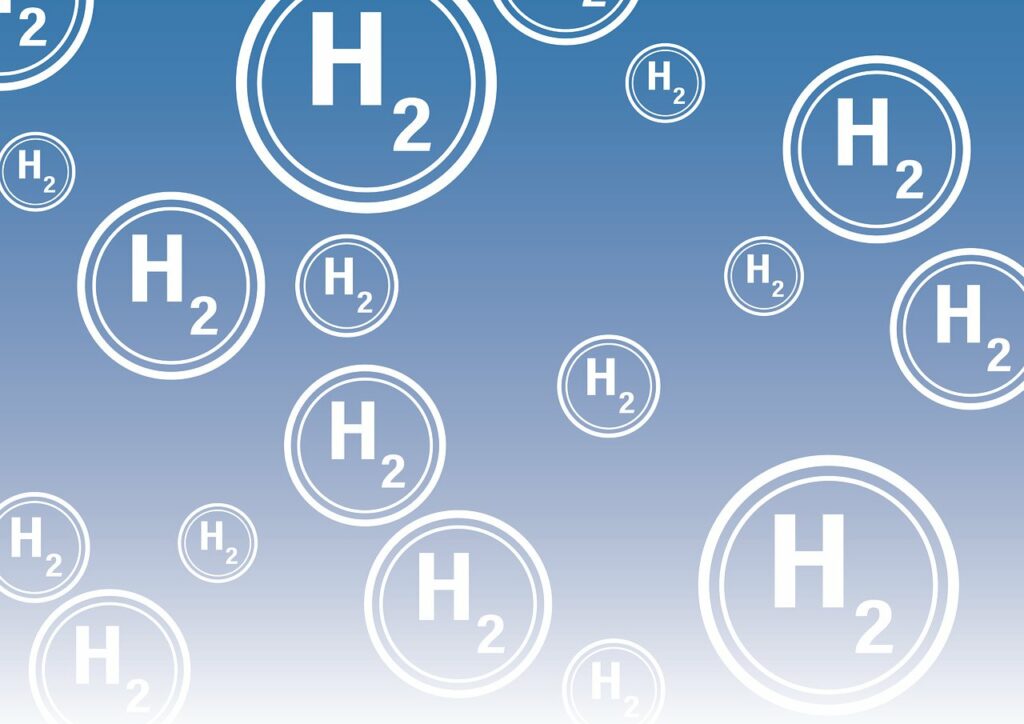Researchers led by Prof. Wei Luo from Wuhan University have introduced a groundbreaking catalyst, bismuth-doped ruthenium oxide (BiRuO).
This development addresses a critical challenge in proton exchange membrane water electrolyzer (PEMWE) technology, promising to reshape the landscape of sustainable hydrogen generation.
PEMWE technology has long been recognized as a promising avenue for green hydrogen production. However, the energy-intensive nature of the anode oxygen evolution reaction (OER) has hindered the overall efficiency of the system. The current benchmark catalyst for the anode is iridium oxide (IrO), known for its efficiency but marred by high costs and limited mass activity.
To address these limitations, the Wuhan University research team introduced the bismuth-doped ruthenium oxide (BiRuO) catalyst. This modification brings about a significant enhancement in the initial oxidation state of ruthenium (Ru), expediting electron transfer and reinforcing electroconductibility. Empirical tests and density functional theory (DFT) calculations affirm that bismuth doping effectively reduces the activation energy and energy barrier for the OER, resulting in heightened activity and durability.
The BiRuO catalyst showcased remarkable performance metrics, recording a low overpotential at 10 mA cm and maintaining stability for over 100 hours. Its performance, coupled with its relative affordability, positions BiRuO as a frontrunner in the realm of PEMWE operations, opening new possibilities for green hydrogen generation.
The development of the BiRuO catalyst signifies a monumental stride in the pursuit of green hydrogen production. This breakthrough is poised to catalyze the shift towards a sustainable energy future, emphasizing the vast potential inherent in PEMWE technology. Beyond surpassing its predecessors in efficiency and stability, the innovative catalyst ushers in a new era of environmentally friendly hydrogen production, with reduced greenhouse gas emissions.
